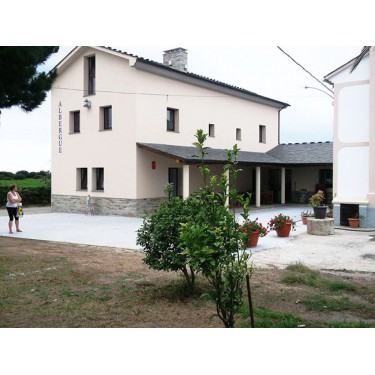



















SHELTER TURISTIC CAMINO DEL NORTE
Playa de La Franca s/n
Rozadela-Lois-Figueras, Castropol (Asturias)
985 636 207 / 661 705 680
OPEN ALL YEAR
Hostel recently built spacious and functional facilities. Just before the bridge over a natural border between Asturias and Galicia. A good place to stop your bike and make final stage.
We are in Castropol (Asturias) specifically in Figueras, northern Camino de Santiago.
We have rooms with bathroom for 20 people, bar, restaurant, garden.
Hostel: 15 € Litera.
Double room: 40 €
It A double room for one person: 30 €
Breakfast: 3 €
Special breakfast: 5 €
Daily menu: 9 €
Services
20 total seats distributed as follows:
Sleeps 14 in bunk beds and the rest singles.
The lodge has 2 bedrooms and 3 bedrooms with shared bathroom in each.
We are open all day from 7:00.
In our hostel in addition to the necessary services for you, you can also perform operations such as keeping your bike (we have washing area).
Nearby
The village of Figueras is the most populous municipality of Castropol, despite not being the capital of the same locality. It is characterized by its beautiful enclave situated on the River Eo, geographic feature that marks the border between Asturias and Lugo.
It has basic services such as doctor on duty, pharmacy, post or taxi, as well as several small shops, kiosk and enough bars.
Among the unique buildings in Figueras, both religious and civil or military can admire the following:
Donlebún Pardo Palace, the central tower dates from the sixteenth century and is sheltered by two symmetrical bodies of later times.
Church of Santiago, the seventeenth century, built on an ancient hospital for pilgrims and whose altarpiece dating from 179
Church of Figueras
Ermita de la Atalaya, nineteenth century, but with references to it as early as 1615
Arroxo Fort (Fort d'Arroxo), whose origins are contemporary to the ribadense Castillo San Damiano as defensive partnership of the mouth of the River Eo, in the seventeenth century.